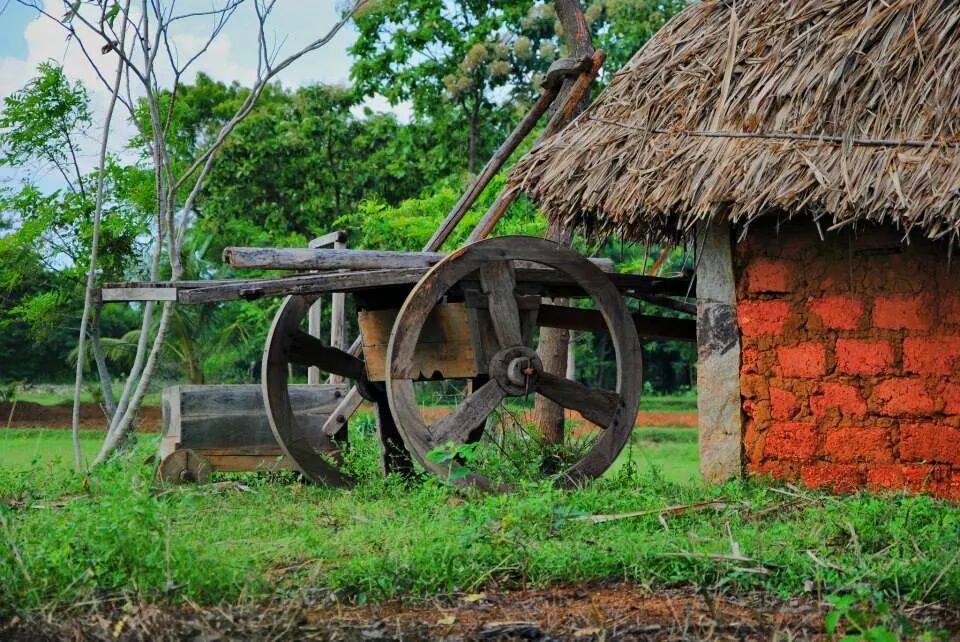State Bank of Mysore
-Stree Shakthi Package for Women Entrepreneurs: Financial assistance is earmarked for enterprises where a woman owns a majority stake, which is over and above 51 percent equity in the firm. Women entrepreneurs who have participated in state-sponsored EDPs or programs co-sponsored / sponsored by SBM are eligible to apply for financial assistance
The link to the webpage that lists all details about the scheme is
here
-Annapurna Scheme for Financing Women for Establishing Food Catering Unit: Targets firms in the catering space
The link to the webpage that lists all details about the scheme is
here
State Bank of Hyderabad
-Stree Shakti Package: The bank encourages entrepreneurship among women by offering some concessions and special facilities that help train women entrepreneurs
The link to the webpage that lists all details about the scheme is
here
Punjab National Bank
-PNB Mahila Udyam Nidhi Scheme: Targets the micro and small scale sector as well as the rehabilitation of sick SSI units
-PNB Mahila Samridhi Yojna: Financial aid for the purchase of infrastructure for tailoring shops, boutiques, telecom agencies, beauty parlours, and Internet browsing centers
-Scheme For Financing Creches: Provides cheaper and easier credit to setup a crèche. Equipment such as stationery, refrigerators and water filters are covered by the scheme
-PNB Kalyani Card Scheme: It targets both literate and illiterate women hailing from the semi-urban or rural areas looking to agriculture / non-farm activities
-PNB Mahila Sashaktikaran Abhiyan: Provides concessions such as a reduction in interest rates; waiver of 50 percent of the upfront fee and margin fee cap at 10 percent
The link to the webpage that lists all details about all these PNB schemes is
here
Punjab and Sind Bank
-P&S Bank Udyogini Scheme: Targets micro and small scale manufacturing units; the retail sector; the agriculture sector, among others
The link to the webpage that lists all details about the scheme is
here
Oriental Bank of Commerce
-Scheme for Professional & Self-Employed Women: Provides term loans for the purchase of fixed assets; apart from working capital
The link to the webpage that lists all details about the scheme is
here
-Scheme for Beauty Parlors / Boutiques / Saloons and Tailoring: Provides ‘easy, timely and convenient access’ to institutional credit
The link to the webpage that lists all details about the scheme is
here
-Oriented Mahila Vikas Yojana: Provides need based credit needs for women entrepreneurs
The link to the webpage that lists all details about the scheme is
here
State Bank of Travancore
-Mahila Vikas Scheme: Provide term loans / working capital to units promoted by women entrepreneurs. The woman entrepreneur must own a majority stake and the half the employees have to be women
The link to the webpage that lists all details about the scheme is here
Dena Bank
-Dena Shakti Scheme for Women Entrepreneurs: The scheme covers agriculture and allied activities; small enterprises (direct and indirect Finance); micro and small (manufacturing) enterprises; micro and small (service) enterprises which include small road and water transport operators, small business professional and all other service enterprises; retail trade; micro credit; education; and the housing sectors
The link to the webpage that lists all details about the scheme is
here
Bank of Baroda
-Akshaya Mahila Arthik Sahay Yojna: Provides financial assistance for those into retail trade and agricultural activities
The link to the webpage that lists all details about the scheme is
here
Andhra Bank
-ALEAP & CGTSI - Mutual Credit Guarantee Scheme for Women: Provides credit facilities (fund based and/ or non-fund based) of up to Rs.100 lakh (both manufacturing and service sectors) without any collateral security and /or third party guarantee. Retail trade is excluded
The link to the webpage that lists all details about the scheme is
here















